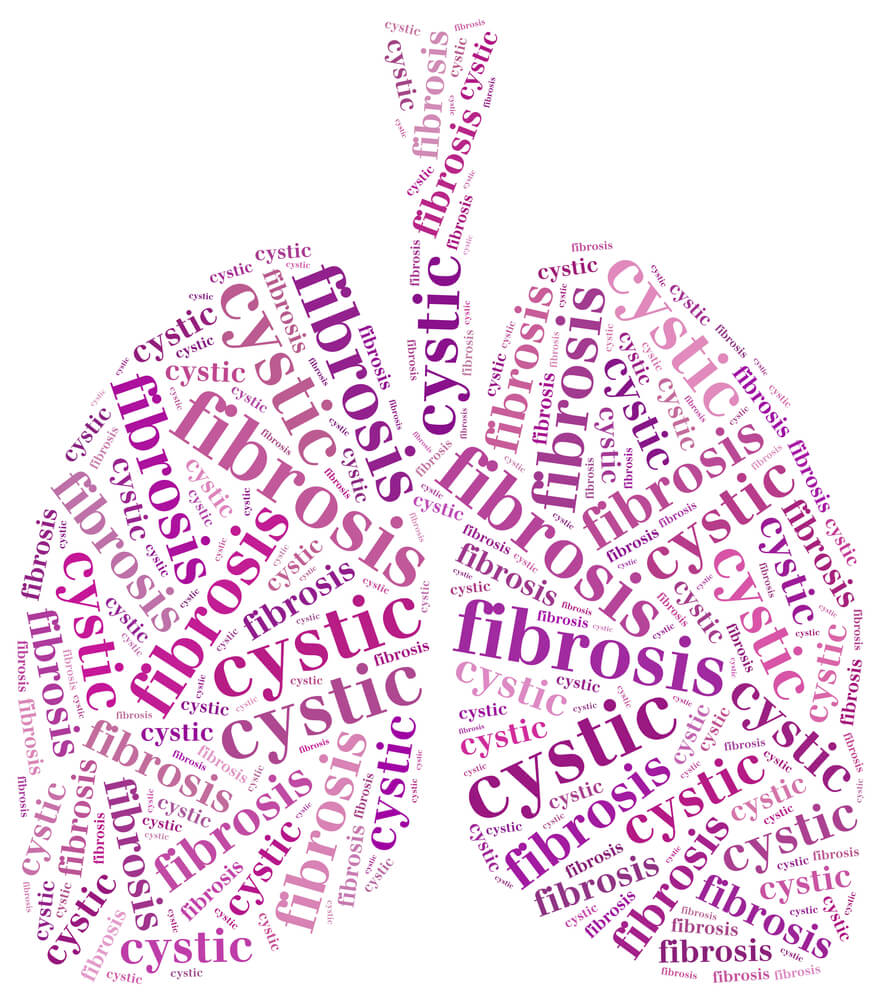Cystic Fibrosis and Stem Cells
Cystic fibrosis (CF) is a genetic condition which affects the lungs and digestive system as they become clogged with thick, sticky mucus.[1]
For a child to be born with cystic fibrosis, both parents must be carriers of the faulty gene that causes it. When both parents carry the faulty gene, each child they have has a 25% chance of having the condition, a 25% chance of being healthy, and a 50% chance of being a carrier.[1]
There is no cure for cystic fibrosis, and current treatments are symptomatic. Treatments can include antibiotics for frequent lung infections, physical therapy to help clear the airways of mucus, and drugs to expand the airways. In some cases, a lung transplant may also be necessary.[1]
All US states screen newborns for cystic fibrosis through the blood spot heel prick test.[2] Early diagnosis and treatment are critical to improve quality of life and life expectancy; cystic fibrosis is progressively moving from being a childhood killer to an adult disease. Thanks to medical advances and improvements in the care of patients, the average life expectancy for sufferers has improved from age 5 in the 50s, to age 31 in the early 90s, to age 44 and rising now. [3]
Cystic Fibrosis Facts
- Cystic fibrosis is most common in white people, with the disease occurring in 1 in 2,500 to 3,500 white newborns in the United States [4]
- It is less common in people of other ethnicities, affecting about 1 in 17,000 African Americans and 1 in 31,000 Asian Americans [4]
- There are approximately 40,000 people with cystic fibrosis in the United States [5]
- About 1 in 30 people in the United States is a carrier [5]
Cystic Fibrosis and Stem Cells
Research at the University of Melbourne Faculty of Medicine aims to prove that cord blood could be used to treat cystic fibrosis. The study suggests that umbilical cord blood could be used to restore lung function. While the research is in preliminary stages, the researchers hope to use sibling cord blood to treat the condition.[6]
The Cystic Fibrosis Trust has also funded a project to correct two rare mutations of the cystic fibrosis gene. The project will use induced pluripotent stem cells made from white blood cells, gene repair, and editing technology to repair the two rare “stop codon” mutations.
Once the researchers have fixed the mutation, they will generate lung epithelial cells to confirm that normal function has been restored. It is hoped these cells could then be used to replace the cells in the lungs of patients with cystic fibrosis in the future.[7]
References
- https://www.nhs.uk/conditions/cystic-fibrosis/
- https://www.cdc.gov/newborn-screening/about/index.html
- https://cystic-fibrosis.com/life-expectancy
- https://medlineplus.gov/genetics/condition/cystic-fibrosis/
- https://www.lung.org/lung-health-diseases/lung-disease-lookup/cystic-fibrosis/learn-about-cystic-fibrosis
- http://www.nzherald.co.nz/bay-of-plenty-times/news/article.cfm?c_id=1503343&objectid=11033787
- http://www.cysticfibrosis.org.uk/news/stem-cell-project
- https://clinicaltrials.gov/ct2/results?term=cystic+fibrosis+stem+cells&Search=Search
The information contained in this article is for information purposes only and is not intended to replace the advice of a medical expert. If you have any concerns about your health, we urge you to discuss them with your doctor.


